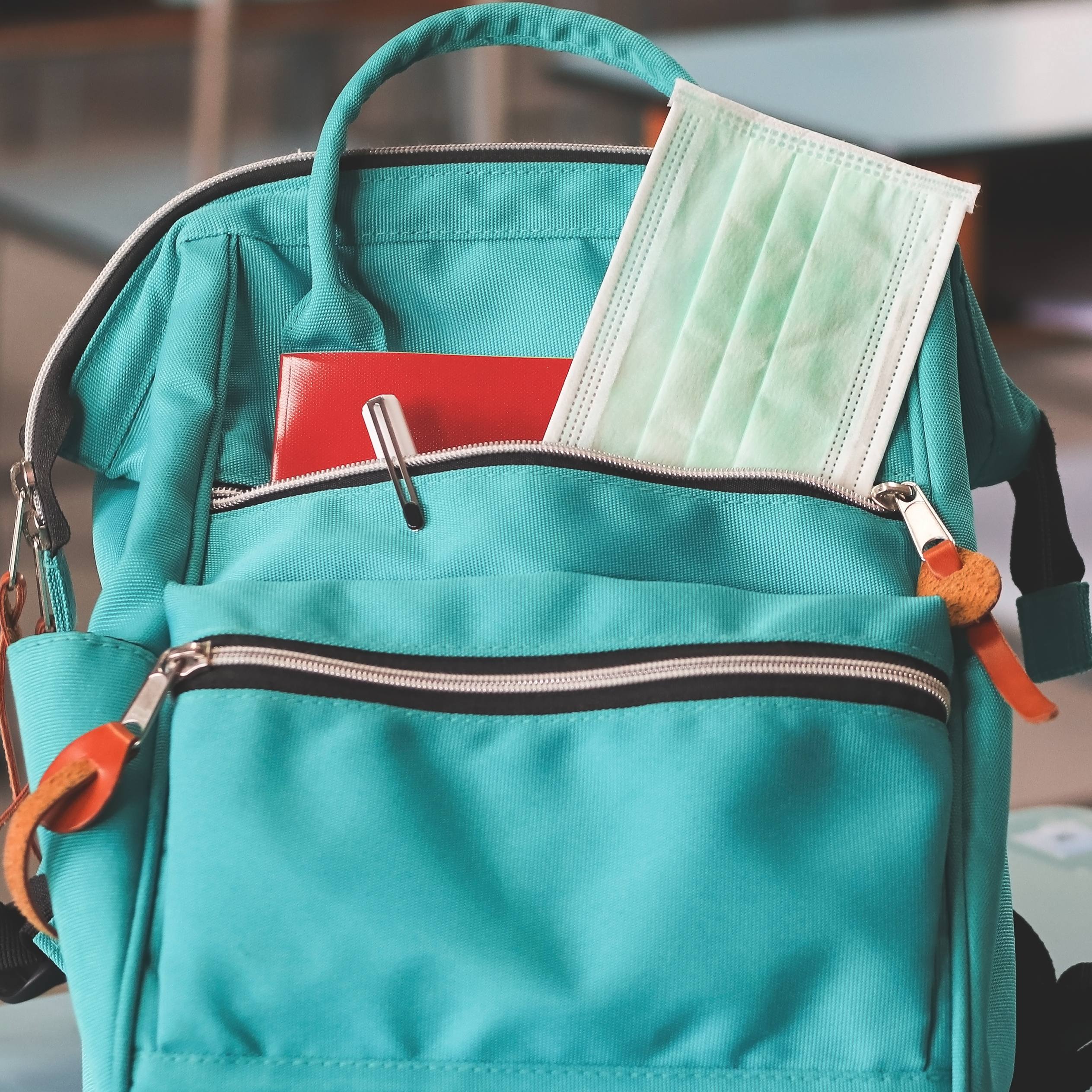-
Variety of Treatment Strategies for Anal Fissure
Variety of Treatment Strategies for Anal Fissure
July 15, 2011
Dear Mayo Clinic:
I am a 32-year-old woman with mild to moderate constipation and a resulting anal fissure. I have noticed slight bleeding and painful stools for the past four weeks. Will self-care options take care of this or is surgery the only option? Would a pregnancy a few months after surgery complicate healing?
Answer:
Surgery is not the only option to treat an anal fissure. There are a variety of more conservative treatment strategies that you should try first. If you do eventually have surgery to repair the fissure, pregnancy itself should not be an issue, although labor and delivery could potentially pose some additional risks.
An anal fissure is a small tear in the skin that lines the anus. As in your situation, fissures are often the result of constipation and typically cause pain and bleeding with bowel movements. Most anal fissures heal within a few weeks when steps are taken to soften stools and treat constipation.
To help keep stools soft, make sure you're getting enough fiber in your diet. Fiber helps to normalize bowel movements and soften stools, so they can pass more easily. Most people need about 25 to 30 grams of fiber a day. Fruits, vegetables, nuts and whole grains are all good sources of dietary fiber. If you can't get enough fiber in your diet, talk to your doctor about using a fiber supplement, such as Metamucil, Citrucel or Konsyl, for example.
In addition to increasing fiber, drink plenty of fluids and exercise daily. Adequate fluid intake can help prevent constipation. Regular exercise increases blood flow throughout your body, which may aid in healing the fissure. Exercise also promotes regular bowel movements. Finally, try not to strain when you have a bowel movement. Doing so creates additional pressure that can reopen a fissure that's begun to heal or can create a new tear.
Along with these self-care measures, several prescription medications can be useful for treating an anal fissure. A medicated cream such as lidocaine can help relieve discomfort as the fissure heals. In addition, topical medications that relax muscles — such as nitroglycerin ointment or nifedipine gel — can widen blood vessels and increase blood flow to the fissure, promoting healing, as well as reduce pressure in the anal sphincter, decreasing pain.
If these medications aren't enough, your doctor may recommend injecting a small dose of onabotulinumtoxinA (Botox) into the anal sphincter, paralyzing the muscle for several months and allowing it to heal. Possible side effects include pain at the injection site or temporary, mild leakage of gas or stool (anal incontinence).
A chronic anal fissure that persists despite other treatments may require surgery. Typically, surgery to treat an anal fissure involves cutting a small portion of the anal sphincter muscle to reduce spasm and pain and to promote healing.
Pregnancy following surgery for an anal fissure should not pose complications for healing. Be aware, however, that surgery to treat an anal fissure involves partially dividing the internal sphincter muscle. Any further trauma to the muscle that you may experience during labor and delivery, such as an episiotomy or tearing, could potentially cause more sphincter damage, possibly leading to fecal incontinence.
Talk to your doctor about treatment for your anal fissure, as well as ways to reduce and prevent constipation. In many cases, a fissure can be successfully treated without surgery.
— Heidi Chua, M.D., Colon & Rectal Surgery, Mayo Clinic, Rochester, Minn.
Related Articles







